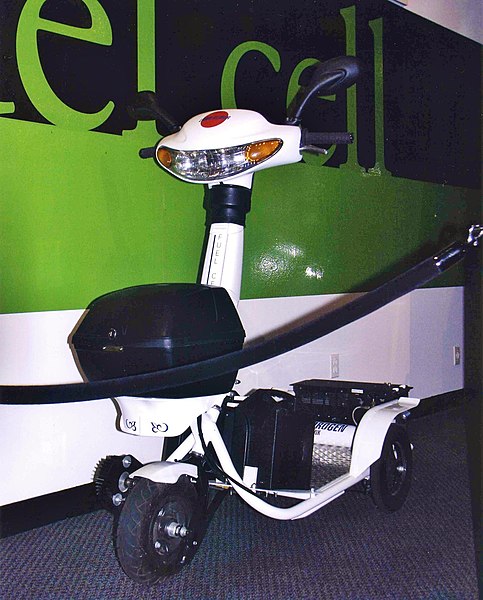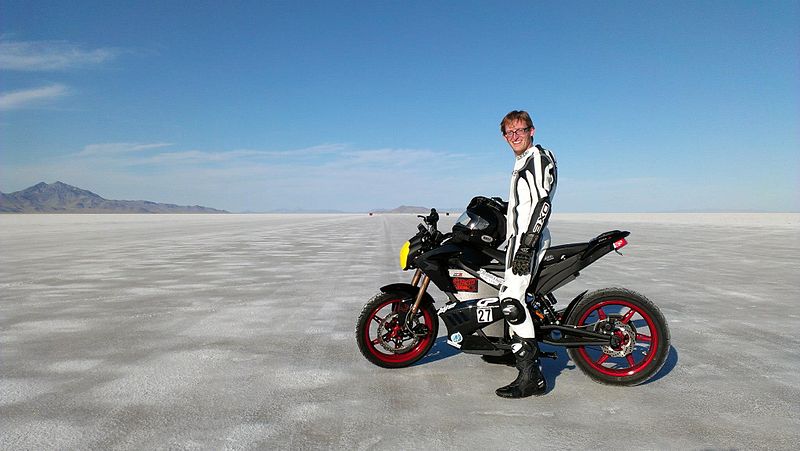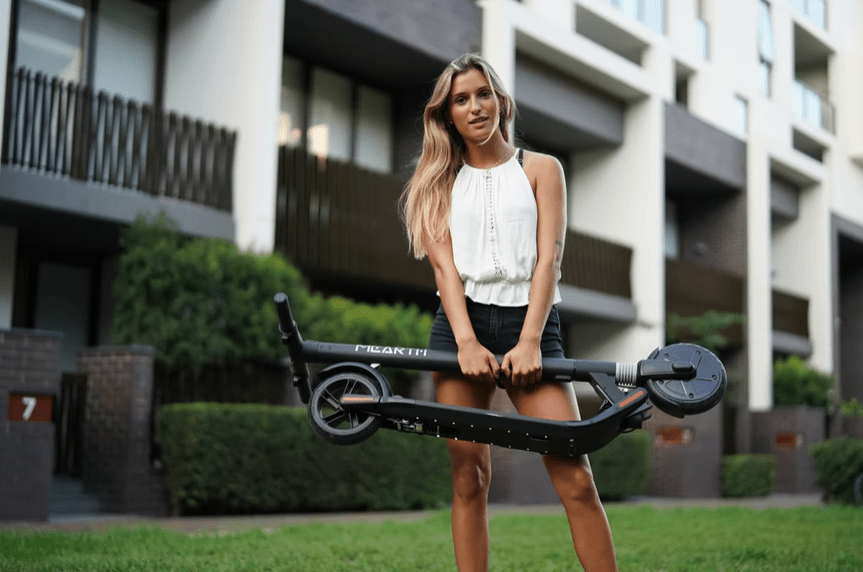Electric mobility technology is rapidly advancing and expanding. Unlike electric scooters, which have limited power and lower speed limits, electric motorcycles can reach up to a speed of 60 mph. Here are some tips for choosing the best electric motorbike.
Style and Design
Like any automobile product, style and design are crucial factors in choosing an electric motorcycle. Hence, you need to decide what kind of bike you want. Do you want a sleek modern bike or a motorcycle with a classic and vintage appearance?
After you have finalised the style and design in your mind, you can start looking for electric motorcycle models.
Ergonomics
The electric motorbike should be comfortable to ride. To ensure the bike’s design elements do not sacrifice comfort and performance, you need to examine various design elements of the motorbike, such as handlebar position, pedal, seat, frame curves, and the bike’s overall geometry.
Before selecting any motorcycle, you must ensure the bike’s overall performance satisfies the rider’s needs. Elements like the type of tire, handlebar, saddle, suspension fork enhance the quality and comfort of the ride.
Performance/Torque
Most electric motorcycles are equal to their gasoline-powered counterparts. Before selecting any motorcycle, make sure it offers maximum street-legal power.
Many people do not know that government regulations limit the performance of electric vehicles. It is the prime reason why license requirements are relaxed in most countries.
The torque at the wheel is as important as the power of the engine. Luckily, this aspect is not regulated by the government. Transmission design, control, the motor can affect the maximum torque available at the wheel. Higher torque will enable the electric motorcycles to climb hills with ease.
Range and Efficiency
The range of the motorcycle is an essential factor while selecting one. In general, a bigger battery means a higher range. However, more battery cells will also increase the motorcycle’s weight, thus affecting the overall mileage.
Thus, the actual range of electric bikes will depend on several factors like pedal-assist power, temperature, level of assistance, wind resistance, tire width, tire pressure, vehicle weight, rider weight, and road conditions. The range also depends on design parameters and battery capacity, which are mentioned as Wh or Ah.
Braking Performance
Braking performance is crucial for safety and comfort. Various forms of braking systems are utilised for electric bikes. However, most electric motorcycles use disc brakes. Disc brakes can be hydraulic or mechanical.
The disk rotor size and brake’s brand are also important. In general large rotor size and hydraulic brakes provide more effective braking performance. However, you must also keep in mind that hydraulic brakes are harder and more complicated to maintain and repair.
Transmission Reliability
The transmission reliability refers to a comparison between hub motors and mid-drive. Automobile experts mention a hub motor has a simple working mechanism with fewer moving parts. It preserves the bike’s chain for pedal power. This way, if there is a failure in the mechanical or electrical system, you can still pedal back home.
On the other hand, in a chain-driven e-assist system, a broken chain means you are stuck. The bike manufacturer can implement several engineering measures to reduce the chances of chain failure, but it cannot be eliminated.
Usage of motorbike
Historically, lowering your carbon footprint was the primary driver behind buying an electric bike. But now that electric motorbikes are competitive with gasoline ones in terms of performance and diversity, you can pick vehicles that meet your unique riding requirements.
They may consist of:
- Touring
- Adventure riding
- Commuting
- Track riding
- Canyon Carving
The next piece of advice will play a significant role in determining if you can ride your electric motorcycle across the country or if it is more suitable for commuting to and from work.
Charging Time and Charging Stations
The time it takes to recharge your battery is probably just as significant as the amount of time it takes for a full charge.
The majority of electric motorcycles come equipped with level 1 and level 2 chargers.
What makes the three different from one another?
- Level 1 Chargers: They connect to a 120-volt source. Less time is spent charging compared with the other two. When the pack is 20% SOC or less, Level 1 charge between 10 and 13 hours, and when it is at 0% SOC, it charges between 13 and 16 hours.
- Level 2 chargers: They connect to a 240-volt source. If you do not have access to a level two charging station nearby, level 1 chargers offer faster charging periods and are still useful. It takes slightly under 3 hours to charge.
- Lightning-fast CSS (DC Quick Charge/Combined Charging System). Your bike will receive an 80% charge with CSS rapid charging in just 45 minutes.
Installing a J1772-compliant EVSE is required to charge the majority of electric bikes at home (electric vehicle supply equipment). As an alternative, level two charging outlets are available for use while driving.
The infrastructure for EV charging has increased recently. For instance, Petro-Canada in Canada has fully implemented its coast-to-coast EV charging network. The charging infrastructure in the US has also witnessed tremendous growth; in California alone, there are 18,000 EV charging stations.

Advanced Technology and Connectivity
The advantage of having more cutting-edge technology than ICE motorcycles is that of electric motorcycles. The electric motorcycles are stepping up their tech game by including cutting-edge safety systems to improve rider safety in addition to a more interactive dash.
Seat Height, Bike Position, and Vehicle Weight
It is important that the bike you purchase has the proper weight, size, and seat height. No matter how you choose to ride, you will always feel secure and in control thanks to proper motorcycle ergonomics.
Nevertheless, the way you ride a motorcycle differs depending on whether you are carving canyons or commuting in a more upright position in the city. As you adjust your riding position, so should your motorcycle.

Battery Life
This is a crucial inquiry since, let us face it, the battery is the bike’s beating heart. To be clear, this refers to the battery’s maximum number of recharges rather than the range of a fully charged battery.
Electric motorcycles will eventually wear out, just like conventional motorcycles do after a certain number of miles. Yet, compared to an ICE motorbike, you will spend a lot less time, effort, and money maintaining an electric motorcycle over its lifetime. You may now simply plug it in and go without having to winterize, remove the battery, or install fuel stabilization.
You can be confident that the bike you select will have a long battery life. You would be prepared for a new motorcycle by the time the battery starts to degrade.
Warranty
Manufacturers of all-electric motorcycles are required to offer a warranty. Although the fine print varies greatly, the warranty should cover the battery’s shelf life in addition to protecting the frame and cycle parts.
But the devil is always in the details, and the warranty fine print will typically contain a lot of bike-specific information you should be aware of. These specifics will concern issues like:
- Temperature ranges for maximum and minimum operation
- Methods for charging a battery
- How much battery power is left after long-term storage
You must abide by these conditions in order to remain within the warranty terms.
Cost and Incentives
Any budget can find an electric motorcycle. Electric bikes are no longer just for the extremely rich and green-minded. At the current state of technology and bicycle engineering, you can order a powerful electric sports bike for as little as $264 per month.
The different incentives that are offered are also a source of relief for EV users. Everyone can see that going electric will significantly improve the quality of the air. As a result of the global initiative to significantly reduce our carbon footprint, Canada and the US have introduced a number of incentives, subsidies, and even an electric motorcycle tax credit.
Bike manufacturers will be happy to inform you of them, but if you are stumped, look into your state and federal funding sources for electric motorcycles.
To sum up, these are some factors you need to consider when choosing the best electric motorbike.

Pros and Cons of Electric Motorbike
If you enjoy riding motorbikes, you will enjoy driving both electric and gasoline-powered bikes, which are the most popular form of alternative transportation worldwide. But each has advantages and disadvantages that a rider must weigh before making a purchase, particularly now that the electric motorcycle is making a significant comeback. Let us examine the advantages and disadvantages of each to help a rider decide which is ideal for you.
Pros
- They are less harmful to the environment. It is definitely an advantage that electric motorcycles are less harmful to the environment than gas motorcycles. Less greenhouse gas emissions lessen air pollution and the harmful effects of global warming.
- These are quite simple to use. Younger and older drivers alike find operating electric motorcycles to be simple.
- Compared to gas motorcycles, they are safer. Several safety measures on electric motorcycles provide riders of all ages a sense of security. You will not need to learn how to use a clutch or change gears, and you will not need to worry about oil or petrol. Driving one also requires far less physical work.
Cons
- They are more expensive than gas motorcycles. Electric bikes have a number of serious drawbacks, including high electricity costs. Your electric bill will increase, that much is a given. A battery replacement is also pricey.
- These cycles have a short range. A long road journey with electric motorcycles should not be planned. They are made for quick excursions. Also, it takes a long for them to recharge when necessary.
- They have finite battery life. Sadly, maintenance-free electric batteries have a short lifespan. It stands to reason that you will need to charge and replace it sooner the more you drive it. Also, you must be careful not to overcharge the battery because doing so could result in long-term harm. Longer-lasting batteries are currently being produced using novel technology.


